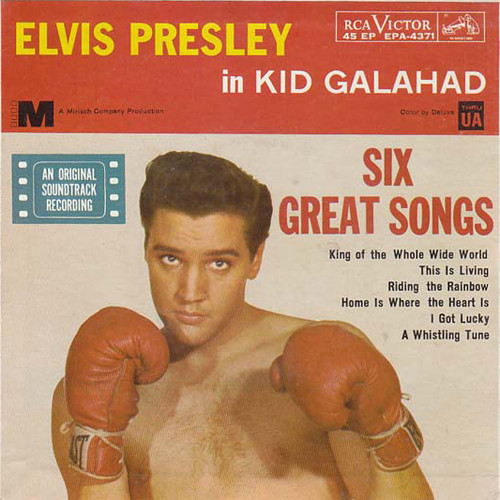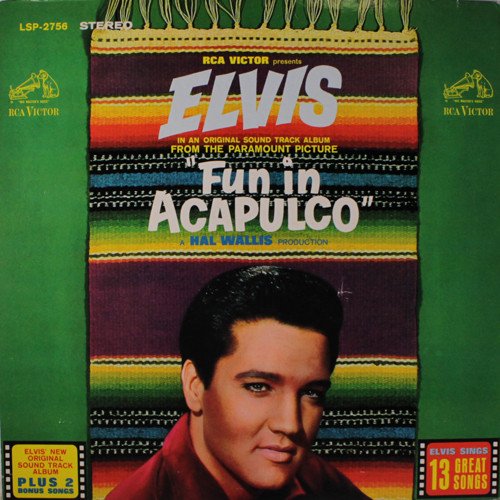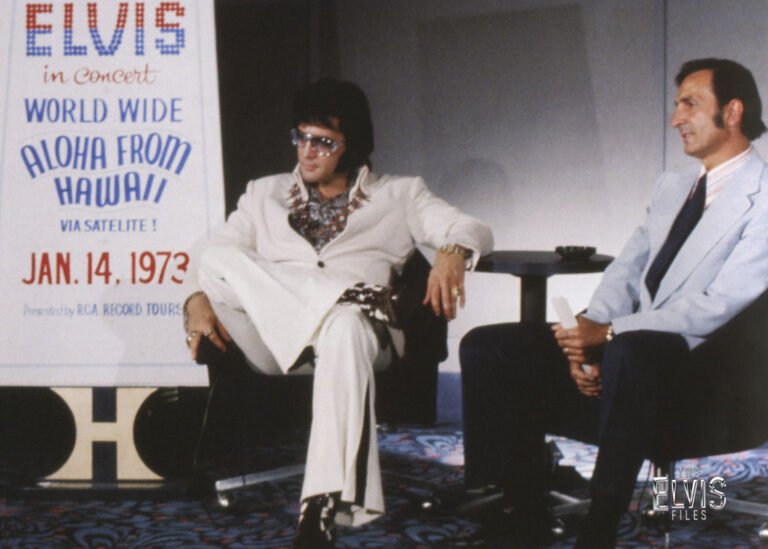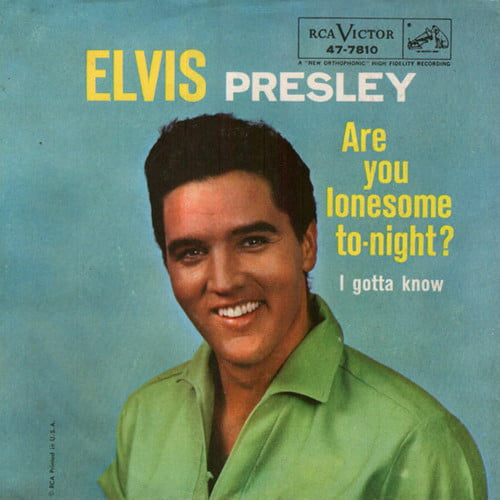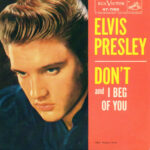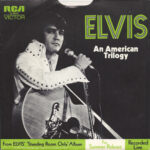“A deep look at the single recorded by Elvis Presley in October 1961 and released on August 27, 1962 — exploring its background, musicians, influence, and curiosities”
Introduction
The song A Whistling Tune is one of those hidden gems in Elvis Presley’s extensive catalog — a gentle, melodic piece that reflects a quieter side of the King. Recorded in October 1961 and officially released on August 27, 1962, the track captures the transitional period between Elvis’s film career and his commercial recordings.
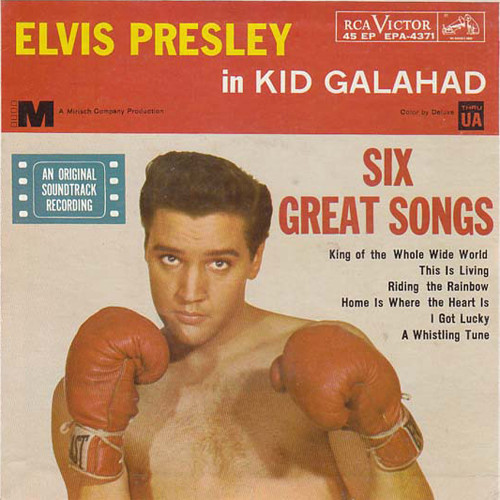
Origin and Recording
- The song was written by Hal David and Sherman Edwards.
- It was recorded at Radio Recorders studios in Hollywood on October 26, 1961 (some sources note October 25–26) during the sessions for the film Kid Galahad.
- An earlier version had been recorded for the film Follow That Dream in July 1961 but was not used in that movie.
- The session musicians included Scotty Moore and Tiny Timbrell on guitar, Bob Moore on bass, D.J. Fontana and Buddy Harman on drums, Dudley Brooks on piano, Boots Randolph on saxophone, and backing vocals by The Jordanaires.
- The track was released as part of the Kid Galahad EP on August 28, 1962 (though many records list August 27 as the release date).
Lyrics and Musical Style
The song creates a calm, reflective atmosphere built around the idea of whistling — a simple yet universal expression of serenity and freedom. Its lyrics evoke the image of strolling beneath the moonlight, guided by a faint melody carried on the night air.
Musically, it’s a light mid-tempo ballad with gentle instrumentation. Rather than the energetic rock-and-roll Elvis was famous for, A Whistling Tune showcases his smooth phrasing and warmth of tone. The arrangement allows his voice to take center stage — relaxed yet expressive.
Role in Film and Release
Originally intended for Follow That Dream, the song was ultimately reassigned to the soundtrack of Kid Galahad. It appeared on the film’s EP, linking it to Elvis’s cinematic image during that phase of his career. Though it didn’t become a major chart success, its inclusion in the soundtrack helped preserve it as part of his filmography.
Legacy and Curiosities
- A Whistling Tune stands among the lesser-known “movie songs” of Elvis’s early-’60s output, yet it holds a special place for fans who appreciate his softer, more introspective performances.
- The fact that it was recorded for one movie but used in another illustrates the fluid nature of soundtrack production during Elvis’s film years — songs were often repurposed depending on the story or setting.
- The recording featured top-tier studio musicians, ensuring high-quality sound despite its secondary status in the catalog.
- In Elvis’s timeline, this period marked extraordinary productivity — balancing studio albums, movie soundtracks, and live appearances — meaning that even lesser-known tracks like this one reveal his unmatched versatility.
Why It’s Worth Listening To
- For any Elvis Presley fan, A Whistling Tune offers a glimpse into a gentler side of his artistry.
- Its lyrics evoke nighttime calm and simplicity — a musical stroll beneath the stars.
- It represents Elvis as both a singer and a film performer, connecting his cinematic persona with his musical identity.
- It reminds listeners that even Elvis’s “minor” songs carry craftsmanship, heartfelt vocals, and musical excellence.
Conclusion
A Whistling Tune may not be one of Elvis Presley’s best-known recordings, but its charm lies in its subtlety. Recorded in October 1961 at Radio Recorders in Hollywood and released in late August 1962 as part of the Kid Galahad EP, the song reveals Elvis’s versatility — his ability to shift from rock energy to gentle melodic grace. For any website dedicated to Elvis, this track deserves its spotlight: it shows another side of the King — serene, cinematic, and timeless.
Access all of Elvis Presley’s songs at the following link: https://elvisradio24h.com/category/elvis-songs/
The best way to thank us is by sharing this article.

